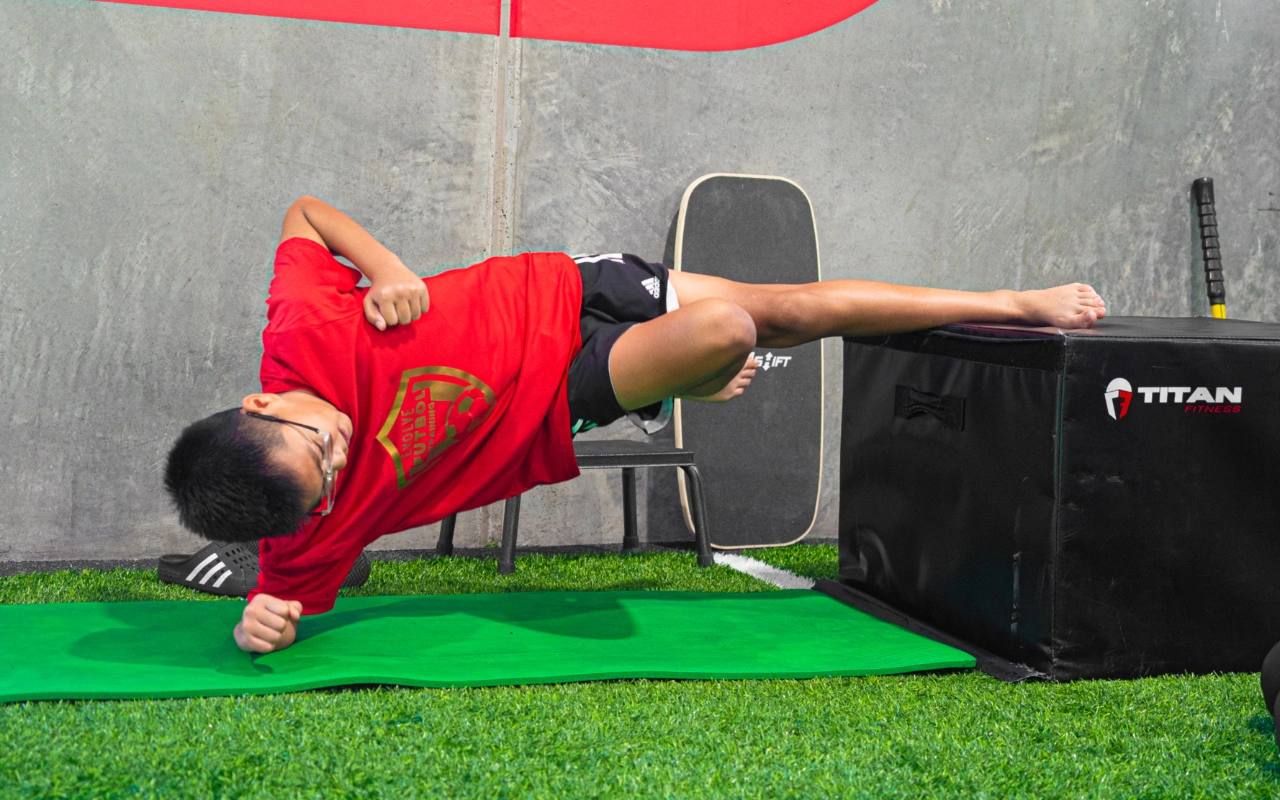By: Stephanie Gilboy, PT, DPT, Cert. VRS
Apophysitis is a stress or strain on a growth plate in children. These can occur typically during growth spurts or in times where there’s inconsistent growth rates in bone and muscle.
A few examples of lower extremity apophysitises are:
Osgood Schlatter’s Disease
Osgood Schlatter’s happens when the patellar tenson inserts on the tibial tuberosity. This causes an excessive bony growth right below the kneecap- which is the hallmark symptom of this condition.
The bump under the kneecap puts an excessive pull on the quadriceps, which, in turn, can cause a lot of pain while running and jumping.
Sever’s Disease
Sever’s- also known as calcaneal apophysitis- happens when a bony growth develops on the back of the heel. Specifically, it occurs where the calf and the Achilles tendon attaches on the calcaneal growth plate.
This condition causes excessive heel pain with activity.
Learn more about Server’s Disease in “Growing Pains: Sever’s Disease” on the Spooner Blog.
Iselin’s Disease
Iselin’s is far less common than Osgood Schlatter’s or Sever’s. It occurs on the fifth metatarsal of the foot. So, your child will experience pain on the outside edge of the middle part of the foot.
Treating Lower Extremity Apophysitises
Children with lower extremity aphohysitises will complain of sharp, intense pain during activity and potentially during rest. These are usually ignored as normal growth pains since they typically happen right after a growth spurt. We know that kids go through growth pains, and they are not a fun time. But, if those growth pains are lasting extended periods of time, then an apophysitis may be occurring and may need to be addressed and diagnosed by a pediatric specialist.
Parents can definitely go to a pediatrician; however, the pediatrician will likely refer to a pediatric physical therapist to help your child move and feel their best. If you are noticing bone, muscle, and/or joint pain in your child, you can come to a pediatric physical therapist first to start your child on the path of achieving their movement goals faster.
When treating apophysitis, a pediatric physical therapist will do a general assessment of your child. We see if there is tenderness around the growth plate, tendon, and or tendon insertions. Also, we see if there is noticeable muscle weakness that isn’t common. What is the pain like with dynamic activity and at rest? How does it present?
Your physical therapist will look into all of these things and make sure we are ruling out other big, scary pathologies that could possibly be misdiagnosed as an aphophysitises. While pain can be referring to another diagnosis, bony tendon pain is likely related to an apophysitis. So, at the initial evaluation, we observe, rule out other diagnoses, and then determine where in the inflammation cycle we are.
Unfortunately, we might decide to pull a child from dynamic activity for a short period of time to allow their body to rest and catch up. The reason that we do this is to protect the growth plate so they can have adequate space to continue growing, because these bony growths cause delays to growth.
Most likely, we will modify your child’s activity to help protect their growth plate while also gradually adding strengthening and stability. For example, we might pull a young gymnast from floor work for a short period of time. However, we will work with them on bars because it’s slightly less impactful. As the pain subsides, we can work on their balance and coordination to reintroduce them to more dynamic activities.
We are going to slowly reintroduce activity because we want to keep kids active as much as possible. We don’t want kids sitting out of sports or PE for any extended period of time, so our goal is to get them back to their full level as quickly and safely as possible.
If your child is having excessive pain, schedule an appointment with a Spooner physical therapist first!

